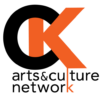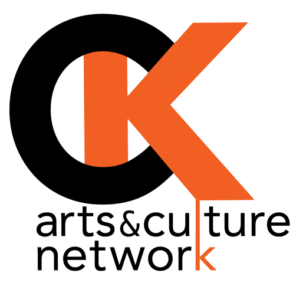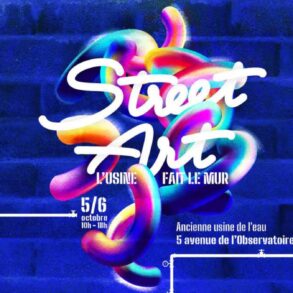Todd Drake calls himself the ‘Quaker Pirate’.
The name comes from an old story about a Quaker boy named Obadiah who begs his parents to let him become a pirate.
“His parents eventually say, ‘Well, Obadiah, if you’re going to be a pirate, be a good Quaker pirate,’” Drake recalled.
That spoke to Drake, a New York street artist who plasters messages of peace onto walls, storefronts and mailboxes in Manhattan. His work is being featured at Wilmington College’s Quaker Heritage Center, as a part of the southwest Ohio college’s annual Westheimer Peace Symposium.

Kendall Crawford
/
Ohio Newsroom
Each year, the college explores alternatives to war and conflict. This year, they’re focusing on how an often illegal artform, graffiti, can be a path to peace. To Drake, that’s what being a Quaker Pirate is all about.
“To me, it sums up what I’m doing, which is putting up graffiti, pushing the limits of what is permissible, of course, but for a good cause. And Quakers have been doing that since the start,” Drake said.
Drake began his street art during COVID, posting positive messages on the largely empty Manhattan streets. When the sidewalks filled up again, he found that graffiti could be an outlet for his faith and Quaker commitment to nonviolence.
“As an artist, you have to answer that question ‘What’s worth making?’” Drake said. “I’ve really tried to find a sweet spot where I can speak out against war without falling into the taking sides.”
‘Graffiti as Witness’
Many times his art denouncing war is taken down after just a couple days. But his work has found a more lasting home at the center.
The exhibit is designed to feel like walking through a city block, complete with a speaker broadcasting the sounds of a typical urban street. Much of his work consists of small black and white linocut prints that promote peace. On one wall, a towering poster reads “War begets War begets War.” The words frame sharp black lines that mirror and repeat.
“The images in the center are this sense of being intertwined, intertwined in a way that you can’t escape,” said Tanya Maus, director of the Quaker Heritage Center.

Beside it, Maus has left room for other artists. The wall is completely covered in white paper. She wanted the gallery to not only showcase graffiti, but encourage students to try it.
“We’re a small liberal arts community. It’s a small community. And once you sort out yourself in terms of your opinions and your political viewpoints, there’s no going back,” Maus said. “This is a place where they can feel safe to put out their viewpoint.”
Art as activism
On the wall, students have drawn images of doves carrying olive branches and printed pleas for peace. One September afternoon, Jonny No, a local artist, added art into the blank spaces.

Kendall Crawford
/
Ohio Newsroom
They rolled paste over grainy photos of wreckage in Gaza. They’ve posted the same photos on telephone poles around Yellow Springs. No has been putting their art in public places since they were a teen living on the street, using graffiti as an outlet to comment on everything from war to democracy to human rights.
“It’s one of the only forms of protest that I know how to do,” No said. “It’s one of the only things that allows me to sort of express my fury and my rage at some of those things that I see going on in the world.”
They don’t see it as vandalism, but as a way to have a voice. Drake agrees. For him, street art is reclaiming public spaces to promote empathy, not products.
“Graffiti is about freedom of speech. It’s about owning public space and saying, ‘Hey, there’s more that needs to be in the public sphere than just advertising or extremely safe works of art,” he said.
The exhibit will be open through December 11th. But Drake hopes Wilmington students will take street art, well, back to the street. In his view, the form of expression isn’t meant to be confined to a gallery.
This post was originally published on this site be sure to check out more of their content.






